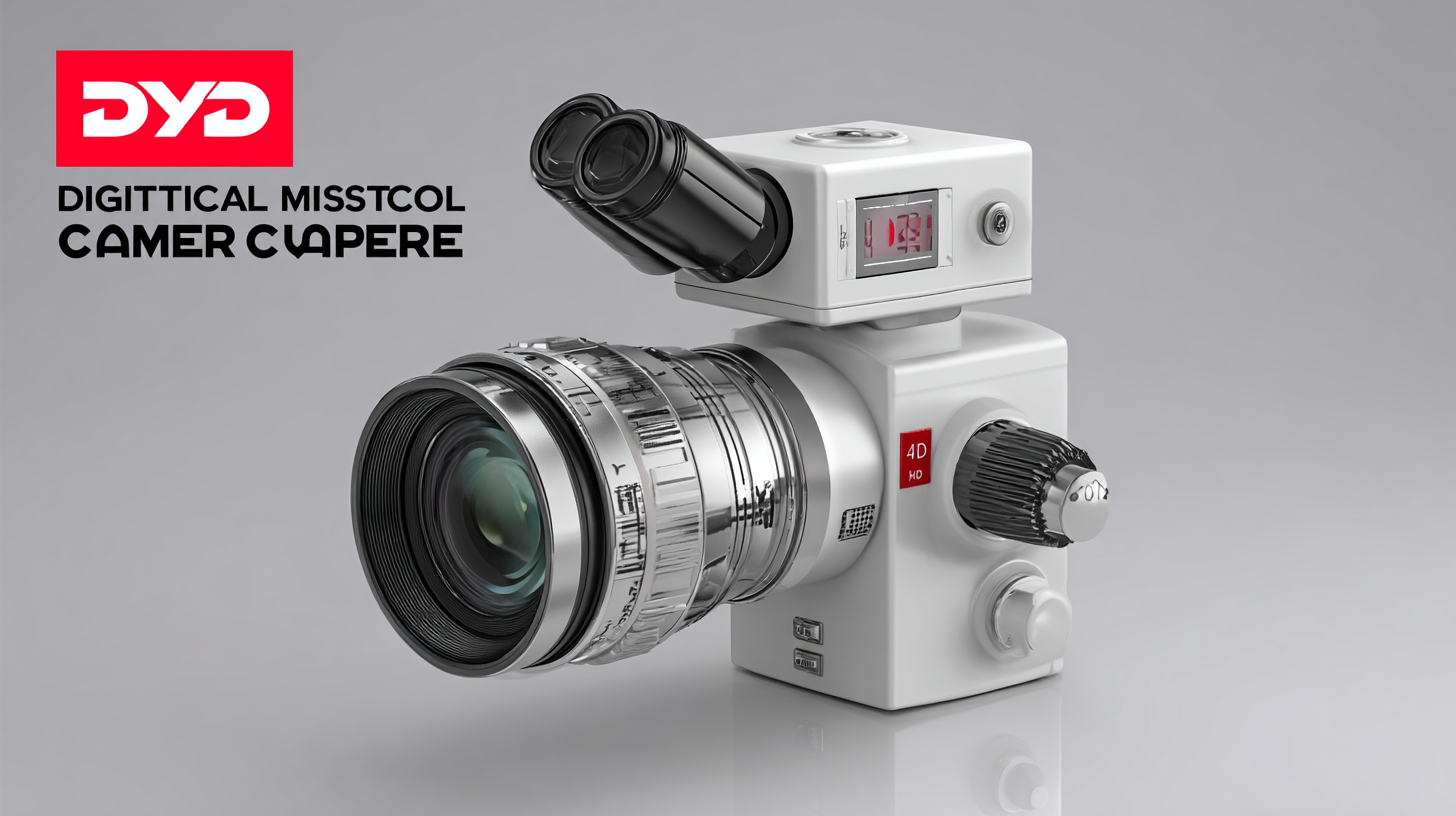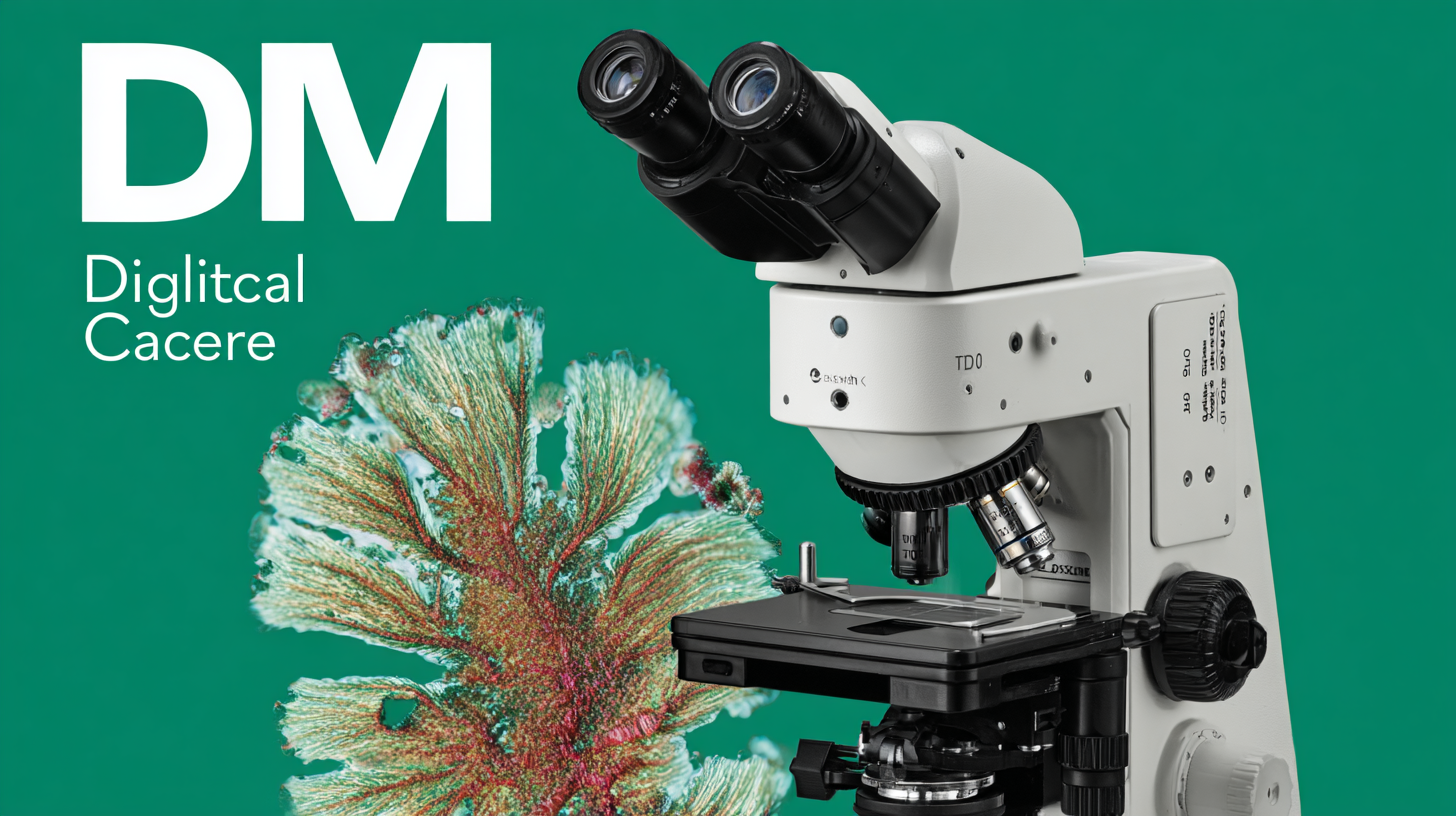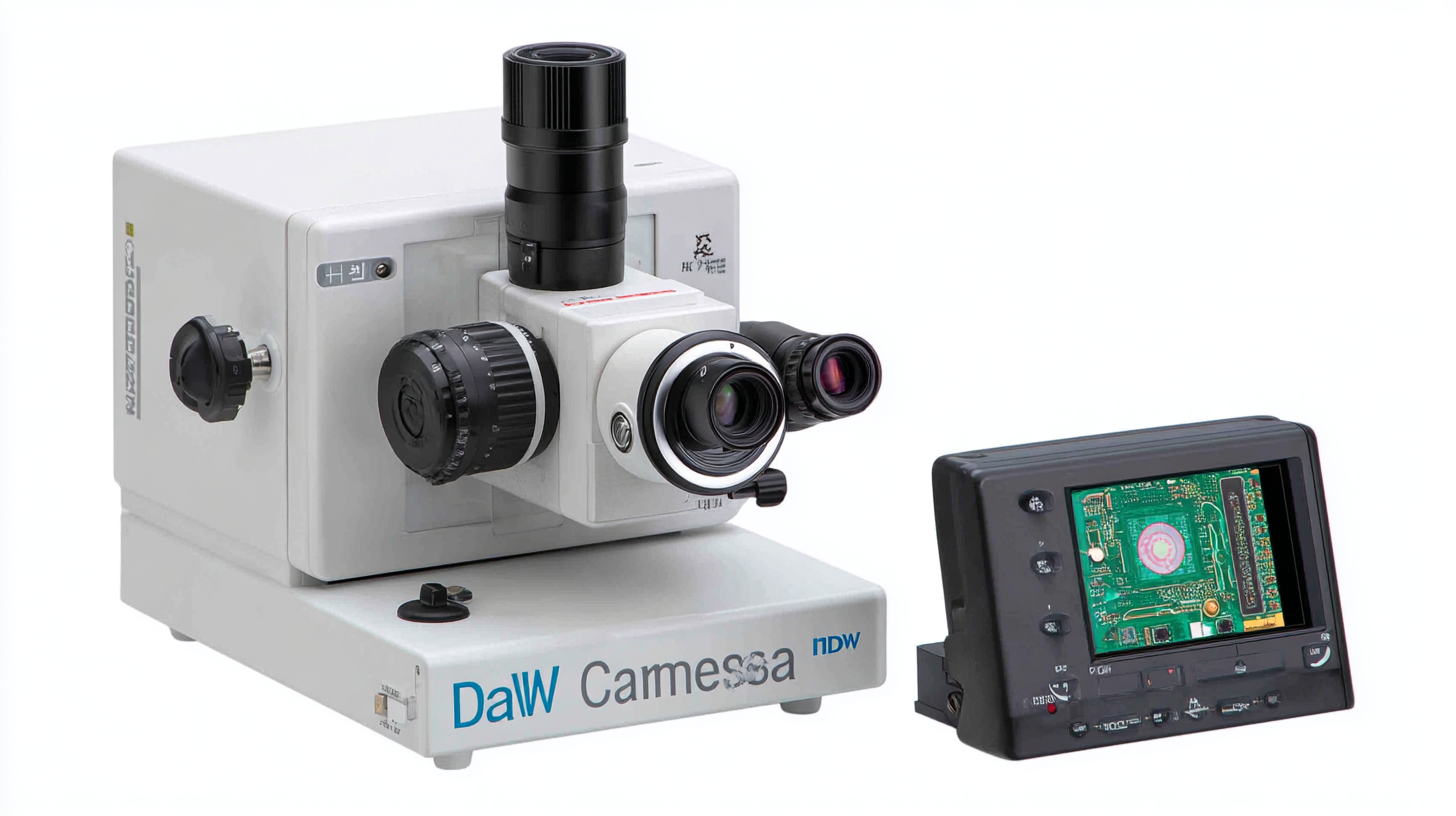- Home Page
- Company Profile
-
Our Products
- Microscope
- CONFOCAL MICROSCOPES
- Trinocular Upright Metallurgical Microscope
- Portable Grooved Metallurgical Microscope
- Cell Culture Imaging System
- Metallurgical Microscope
- Projection Microscope
- Student Stereo Microscope
- BINOCULAR STEREO ZOOM MICROSCOPE
- PCB Inspection Video Stereoscope Microscope
- SPINNERET MICROSCOPE
- Penta Head Microscope/ Multi view Head Microscope
- Research Polarising Microscope
- Senior Dissecting Microscope
- Dissecting Microscope
- Motorized Comparision Microscope
- Sieves Digital Microscopes
- Advance Inverted Tissue Culture Microscope
- Advance Stereo Zoom Microscope
- Student Projection Microscope
- Inverted Metallurgical Microscope
- Measuring Microscope
- Digital Spinneret Inspection Microscope
- Portable Inverted Tissue Culture Microscope
- Binocular Inverted Tissue Culture Microscope
- Student Compound Microscope
- Trinocular Stereozoom Microscope
- Advanced Research Microscope
- Gemological Microscope
- Polarizing Projection Microscope
- Senior Inspection Spinneretscope
- Confocal Microscope
- Senior Projection Microscope
- Toolmaker's Microscope
- Research Microscope
- Stereo Inspection Microscope
- Student Medical Microscope
- Digital Biological Microscope RXLr-4D
- Toolmaker Microscope Large
- Stereo Inspection Scope
- Trinocular Research Microscope
- Portable Metallurgical Microscope
- Binocular Research Microscope
- Student School Microscope
- Inverted Tissue Culture Microscope
- Projection Microscope
- Laboratory Microscope
- Decca Head Microscope
- Advanced Research Material Microscope
- Microtomes
- Semi Automatic Rotary Microtome
- Senior Precision Rotary Microtome
- Rocking Microtome
- Rotary Microtome Erma Type
- Freezing Microtome
- Fully Automatic Rotary Microtome
- Manual Rotary Microtome RMT-25
- Advance Rotary Microtome
- Hand Table Microtome
- Knife Sharpener Microtome
- Sliding Miocrotome
- Slide Staining Machine
- Rotary Microtome
- CRYOSTAT MICROTOME
- Optical Instruments
- Tissue Processor Machine
- Microscope Accessories
- Histopathological Equipment
- Lab Instrument
- Radical Digital Turbidity Meter
- Radical Microprocessor Dissolved Oxygen Meter
- Digital Photo Colorimeter
- Tap Density Tester
- Serological Water Bath
- Magnetic Stirrer
- Dual Channel Flame Photometer
- pH or mv or Conductivity
- Round Centrifuge
- Radical Disintegration Test Apparatus
- Digital Slide Scanner
- Precision Water Bath
- Incubator Shaker Water Bath
- Hemoglobin meter
- Microprocessor Colony Counter
- PASS BOX DYNAMIC
- Radical Microprocessor Colony Counter
- Bulk Density Apparatus
- Laboratory Rectangular Hot Plates
- Tablet Dissolution Test Apparatus
- Hemoglobin Meter (Sahli's)
- Micro Centrifuge 16000 R.P.M.
- Revolutionary General Purpose Digital Centrifuge
- Vortex Shaker
- Rectangular Water Bath
- Heating Mantel
- Digital Spectrophotometer
- Haematocrit Centrifuge
- Water Distillation with Metal Heater
- Hand Specimen Leveler Press
- GROSSING TABLE
- COOLING PLATE
- MICROPROCESSOR PH METER
- DIGITAL FLAME PHOTOMETER
- pH/mV/TEMPERATURE TESTER
- DIGITAL PH, CONDUCTIVITY & TEMPERATURE METER
- Radical Auto Karl Fischer Titrimeter
- Stereo Zoom Microscope
- Jewellery Making Microscope
- Binocular Stereo Microscope
- Advanced Stereo Zoom Microscope
- Articulated Trinocular Stereo Zoom Microscope
- Digital 3D Inspection Microscope
- Binocular Stereo Microscopes
- Motorized Stereo Microscopes
- Trinocular Microscope
- Stereo Inspection Microscope
- Stereo Microscope
- Digital 3D Inspection Microscope RSZ-3D
- Stereo Zoom Microscope RSM-8
- Polarising Microscopes
- Lab Consumables
- Profile Projector
- Optical Profile Projector
- Vertical Profile Projector
- Profile Projector RPP-500
- Profile Projector
- PROFILE PROJECTOR
- Universal Profile Projector
- Bench Type Profile Projector
- Charpy Profile Projector
- High Sharpness Profile Projector
- Profile Projector
- Horizontal Profile Projector
- Digital Profile Projector
- Radical Profile Projector
- Coaxial Profile Projector
- Anotomy Model
- Metallurgical Microscope
- Microscope
- Contact Us

Exploring the Advantages of Best Digital Microscope Cameras for Global Buyers
In recent years, the demand for Digital Microscope Cameras has surged, driven by advancements in imaging technology and the growing need for precision in various fields, such as education, healthcare, and industrial manufacturing. According to a report by Markets and Markets, the global market for digital microscopy is projected to reach USD 3.5 billion by 2025, growing at a CAGR of 10.2% from 2020. This robust growth highlights the increasing reliance on digital microscopy for high-resolution imaging and analysis. China's reputation for producing high-quality digital microscope cameras is underscored by its leading role in global manufacturing, where the focus on consistent quality has earned the trust of international buyers. As we explore the advantages of these state-of-the-art cameras, it becomes clear that their ability to enhance precision and productivity is driving their adoption across various sectors worldwide.

Table of Contents
[Hide]
Understanding the Key Features of Digital Microscope Cameras for Buyers
Digital microscope cameras have revolutionized the way researchers, educators, and hobbyists analyze microscopic samples. Understanding the key features of these cameras is crucial for buyers looking to make informed decisions. One of the primary advantages lies in their resolution capabilities; many modern digital microscope cameras offer resolutions exceeding 18 megapixels. According to a recent market report by Technavio, the global digital microscope camera market is projected to experience a compound annual growth rate (CAGR) of over 9% from 2021 to 2025, highlighting the growing demand for high-definition imaging technologies.
Another important feature to consider is compatibility with various microscope models. Most digital microscope cameras come with universal adapters, making them versatile for a wide range of applications, from biological research to materials science. Additionally, real-time imaging capabilities allow users to capture and analyze specimens instantaneously, enhancing workflow efficiency. Data from Research and Markets indicates that the integration of features like video recording and enhanced software tools are also critical in expanding the functionality of digital microscopes, catering to the diverse needs of global buyers.
Advantages of Digital Microscope Cameras
Comparing the Top Digital Microscope Cameras: Specs and Performance
In today’s rapidly advancing technological landscape, digital microscope cameras have emerged as a pivotal tool for both professionals and hobbyists. According to a recent report by ResearchAndMarkets, the global digital microscope market is projected to grow at a CAGR of 10.4%, reaching $4.2 billion by 2025. This surge in popularity underscores the importance of selecting the right device to meet specific user needs. When comparing the top digital microscope cameras, parameters such as magnification power, sensor quality, and connectivity options stand out as critical factors determining overall performance.

Leading models, such as those from Canon and Nikon, showcase high-resolution sensors that significantly enhance image clarity. For instance, Canon’s digital microscope camera offers a 20MP sensor paired with a maximum 200x magnification, ideal for detailed biological research. Furthermore, connectivity features, such as Wi-Fi capabilities and compatibility with multiple image analysis software, enable seamless integration into existing workflows. As revealed in a study by MarketsandMarkets, more than 65% of users prioritize image resolution and ease of use, making these specifications essential for anyone considering a purchase. With such advancements and considerations, global buyers can confidently choose a digital microscope camera that aligns with their specific requirements and professional standards.
Essential Buying Guide for Global Buyers of Digital Microscope Cameras
When purchasing a digital microscope camera, global buyers should consider several essential factors to ensure they make an informed decision. According to a recent report from MarketsandMarkets, the global digital microscope market is projected to reach USD 2.25 billion by 2026, marking a significant growth driven by advancements in imaging technology and increased demand from various industries, including healthcare and manufacturing. Buyers should evaluate resolution, sensor type, and compatibility with existing microscopes to achieve optimal performance.
Tip: When assessing resolution, prioritize models featuring at least 5 megapixels for detailed imaging results. High-resolution images are critical for accurate analysis, especially in research and diagnostic applications where precision is paramount.
Additionally, consider software compatibility, which plays a vital role in the usability of digital microscope cameras. A seamless integration with image analysis software improves workflow efficiency. Research shows that 60% of users favor cameras that offer robust software support for data management and image processing.
Tip: Always opt for cameras that come with or support third-party software, as these will provide greater flexibility and enhance your research capabilities.
Step-by-Step Tutorial: How to Use a Digital Microscope Camera Effectively
Using a digital microscope camera effectively can enhance your viewing experience, whether you're a hobbyist or a professional. First, ensure you have the correct setup. Connect your digital microscope camera to a computer or monitor for larger visuals. Many cameras come with user-friendly software that allows you to adjust settings such as brightness, contrast, and magnification. Familiarize yourself with these settings to make the most of your observations.

Next, it's crucial to prepare your specimen properly. Place it on a stable stage or platform, ensuring it's clean and well-lit. Use the focus knobs carefully to bring your subject into sharp view. For better results, utilize the camera’s zoom functions slowly to minimize the risk of losing focus. Experiment with different lighting options, as illumination plays a significant role in clarity. Lastly, take advantage of the recording and snapshot features to document your findings effectively. By following these steps, you can unlock the full potential of your digital microscope camera, making your exploration of the microscopic world both insightful and enjoyable.
Tips for Maintaining and Optimizing Your Digital Microscope Camera Experience
Maintaining and optimizing your digital microscope camera experience can significantly enhance the quality of your observations and the effectiveness of your work. First and foremost, regular cleaning of the lenses is crucial. Dust and smudges can distort images, so using a microfiber cloth and specialized lens cleaner will keep your equipment in top condition. Additionally, ensuring your camera's software is up to date can unlock new features and improvements in functionality, providing a seamless user experience.
Lighting is another key factor when working with digital microscopes. Using appropriate lighting techniques, such as diffused light or angle adjustments, can improve the quality of your captured images. Moreover, gaining a thorough understanding of your camera's settings can allow you to adapt quickly to various specimens and conditions. Experimenting with different resolutions and frame rates can help you better capture the intricacies of your subjects. By focusing on these maintenance tips and optimization strategies, you'll maximize the potential of your digital microscope camera, leading to more precise and impactful results during your explorations.
Exploring the Advantages of Best Digital Microscope Cameras for Global Buyers - Tips for Maintaining and Optimizing Your Digital Microscope Camera Experience
| Feature | Description | Benefits | Maintenance Tips |
|---|---|---|---|
| Resolution | The level of detail the camera can capture, often measured in megapixels. | Higher resolution allows for clearer images, ideal for detailed analysis. | Regularly clean the lens and avoid excessive zooming to maintain clarity. |
| Lighting | Integrated LED or external light sources to enhance image quality. | Improved visibility of specimens, reducing shadows and reflections. | Adjust lighting according to the specimen type and ambient light conditions. |
| Software Compatibility | The capability of the microscope camera to work with various operating systems and software applications. | Seamless integration for image analysis and sharing capabilities. | Keep software updated to ensure compatibility and access to new features. |
| Portability | The ease of transporting the digital microscope camera. | Convenient for field studies or remote observations. | Use protective cases when traveling to prevent damage. |
| User Interface | The design and functionality of the controls and software. | Intuitive interfaces improve user experience, especially for beginners. | Familiarize yourself with the interface through tutorials or manuals. |
Contact Us
- 9th Milestome, Ambala-Jagadhri Road, P.O.- Khudda Kalan, NH-444A,Ambala Cantt - 133104, Haryana, India
- Phone : 08045479132
- Mrs POONAM BHANDARI (Incharge - Mktg & Sales )
- Mobile : 08045479132
- Send Inquiry
GST : 06AACCR8985N1ZI
Our Products
RADICAL SCIENTIFIC EQUIPMENTS PVT. LTD.
All Rights Reserved.(Terms of Use)
Developed and Managed by Infocom Network Private Limited.
Developed and Managed by Infocom Network Private Limited.



